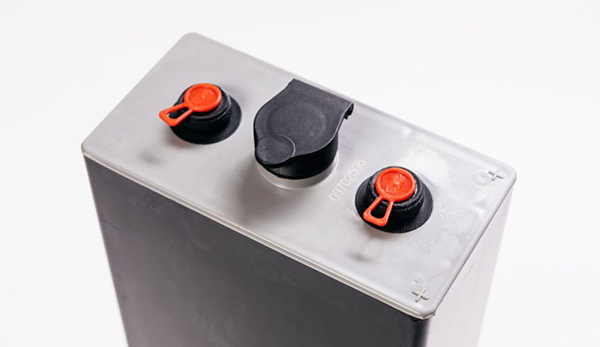When it comes to batteries, each technology has its own advantages, just as every application has its own requirements.So, while t...
When it comes to batteries, each technology has its own advantages, just as every application has its own requirements.
So, while this article can’t advise what’s right for you, I hope it offers some insights into what’s available, along with some pros, cons, and tips.
![]()
When it comes to batteries, each technology has its own advantages, just as every application has its own requirements.
So, while this article can’t advise what’s right for you, I hope it offers some insights into what’s available, along with some pros, cons, and tips.
![]()
Standard lead acid – popular for a reason
Traditional lead acid is popular for good reason. It’s cheap, reliable and recyclable (98% is recovered and re-used).
Indeed, if you are already using lead acid batteries, and have the infrastructure and the competence to manage your batteries (and are getting the performance you require), there’s a strong argument for staying with what you’ve got.
However, for flooded lead acid batteries to survive and keep delivering high output, maintenance (especially topping up) needs to be done regularly, reliably and with care. If that can’t be guaranteed, lithium-ion may be a better option as it eliminates topping up and maintenance. That said, lithium-ion is significantly more expensive. A cheaper alternative may be a battery topping up service from a specialist supplier like the one we offer. For very little cost you can protect your truck’s most valuable asset via expert, local specialists.
Cons:Slow recharge (fastest is 5.5 to 6 hours). Needs regular and careful topping up to prevent damage. Risk of acid spill. Need for ventilation. Spare batteries will be required for shift work (plus battery change equipment). Shorter lifespan/cycle life than lithium-ion.
Pros: Familiar technology. Low cost. Recyclable. Gets the job done.
Tip: Consider introducing more efficient “intelligent” chargers that will not only cut your energy bills but also extend battery life.
Enhanced lead acid (QUASAR) – the best of both worlds?
A new range of heavy-duty batteries combines the benefits of traditional lead acid with the convenience of rapid, opportunity charging normally associated with lithium-ion. They also off some very attractive performance benefits.
Ideal for demanding, multi-shift and heavy-duty applications, the enhanced lead acid QUASAR battery harnessesthin tube technology in the positive plate and innovative carbon nanotube technology in the negative plate.
The result is 25 percent longer run times in ambient temperatures, higher discharge rates, higher energy density, and lower internal resistance for faster, more convenient charging.
In short, you get far higher output from the same footprint as a standard lead acid battery whilst eliminating risk of power collapse on ramps, in hostile environments and in heavy-duty cycles.
Cons:Needs regular topping up to prevent damage to the battery. Risk of acid spill. Requires ventilation. Shorter lifespan/cycle life than lithium-ion (but greater than standard lead acid).
Pros: Cheaper than lithium-ion. Lower capital cost than standard lead acid as few batteries and chargers are required (which also frees up floor space). Greater run times than standard lead acid (which can often deliver an additional shift). Fast, opportunity charging and fewer battery changes.
Tip: With its extra-long shifts and powerful performance in challenging environments, QUASAR is an economical, emission-free replacement for diesel in almost any application.







 粤公网安备 44010602003952号
粤公网安备 44010602003952号